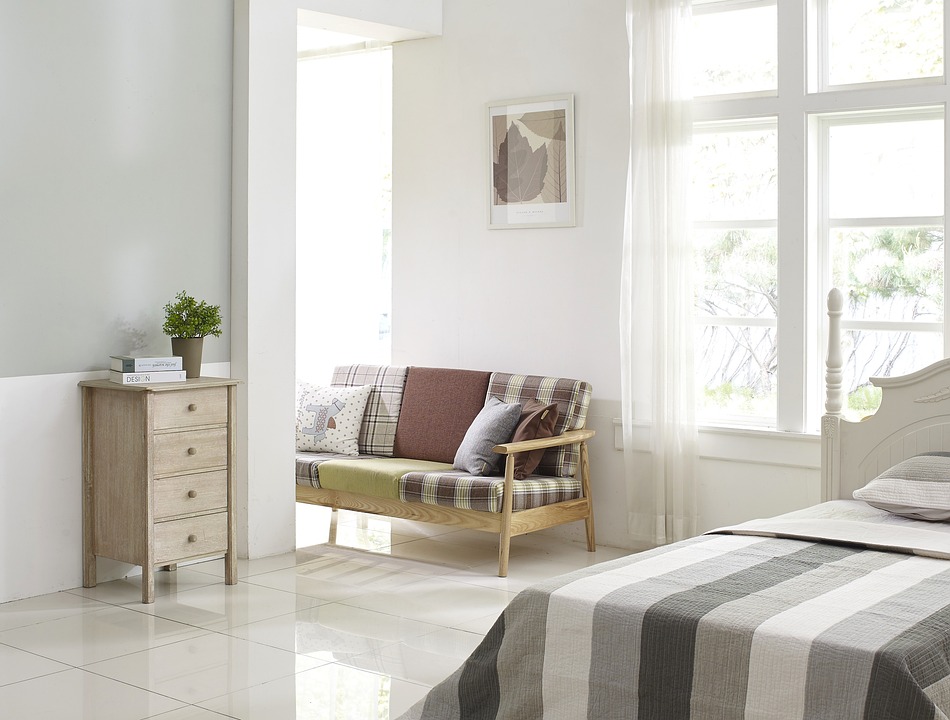Introduction
Children’s rooms often resemble a whirlwind of activity and creativity, with toys strewn across the floor, clothes abandoned in corners, and books stacked haphazardly on surfaces. While this environment reflects the imaginative spirit of childhood, it can quickly become overwhelming for both kids and parents. A disorganized space can lead to stress, distraction, and even conflict over tidiness. Fortunately, a well-organized room can promote a sense of calm, enhance productivity, and foster independence among kids. This article provides a comprehensive guide to transforming chaos into calm through effective room organization strategies tailored for children.
Understanding the Importance of Organization
The Psychological Benefits
A cluttered room can lead to a cluttered mind. Studies have shown that chaos in one’s environment can increase stress levels and reduce the ability to focus. Conversely, an organized room provides a sense of control and stability, which can positively impact a child’s emotional and psychological development. An orderly space can enhance a child’s creativity and imagination by allowing them to focus fully on their activities without the distractions of disorder.
Teaching Life Skills
Organizing a room is not just about aesthetics; it’s an opportunity to teach children essential life skills. By involving kids in the organization process, parents can instill valuable lessons around responsibility, decision-making, and time management. Children learn how to categorize items, prioritize belongings, and understand the value of taking care of their spaces.
Steps to Organize a Kids’ Room
1. Decluttering: The First Essential Step
Before diving into organization strategies, the first step is decluttering. This process involves sorting through all the items in the room and determining what to keep, donate, or discard. Here are a few tips to make decluttering effective:
-
Set a Timer: Decluttering can feel overwhelming, so setting a timer for 15-30 minutes can help make the task manageable. Focus on one area at a time, such as a toy box or a bookshelf.
-
Involve the Kids: Give children ownership of their space by involving them in the decision-making process. Discuss the importance of keeping only what they truly love or use.
- Use the Four-Box Method: Designate four boxes labeled "Keep," "Donate," "Trash," and "Undecided." This method makes it easy to categorize items and helps kids visualize the decluttering process.
2. Defining Zones: Creating a Functional Layout
Once the clutter is gone, it’s time to redefine the room’s layout by creating designated zones. This strategy not only fosters organization but also encourages children to engage in specific activities in their respective areas.
-
Sleeping Zone: Ensure the bed is the focal point of the room. Use under-bed storage for seasonal clothing or forgotten toys. A cozy nightstand should hold essential items like books, lamps, or personal treasures.
-
Play Zone: Designate an area for play that includes floor space for activities. Utilize open shelving or bins for toys, making them easily accessible yet neat. Label each container with pictures or words to help younger children identify where items belong.
- Study Zone: Encourage healthy study habits by creating a dedicated study area that includes a desk, seating, and sufficient lighting. Ensure that school supplies are organized in drawers or labeled boxes within reach.
3. Maintenance: Keeping the Order
Organization is not a one-time task; it requires ongoing maintenance, especially in a child’s room. Here are some strategies to implement maintenance successfully:
-
Establish Routines: Create a daily or weekly cleaning routine for children. Include simple tasks such as making the bed, putting toys back in their designated zones, and tidying up the study area. A consistent routine helps children learn the importance of owning their space.
-
Monthly Check-ins: Set a date each month to reevaluate the room. This could involve checking for new toys, clothes that no longer fit, or items that can be donated. Encourage kids to assess their belongings regularly.
- Encourage Accountability: Reinforce the importance of organization by having children take responsibility for keeping their space tidy. Provide them with systems that reward consistency, such as a star chart for completing daily tasks.
Conclusion
Transforming chaos into calm in a child’s room is not only achievable; it can also be fun and educational. By understanding the importance of organization, involving kids in the decluttering process, creating functional zones within the room, and establishing maintenance routines, parents can help foster an environment that promotes focus, creativity, and a sense of responsibility. As their rooms become places of tranquility rather than turmoil, kids will not only learn valuable lessons in organization but also enjoy an enhanced space in which to grow and thrive. Taking the first steps toward organization may seem daunting, but the resulting peace and satisfaction are well worth the effort. With these strategies, parents can empower their children to take pride in their surroundings, cultivate independence, and learn the lifelong skill of maintaining an organized space.









Leave a Comment